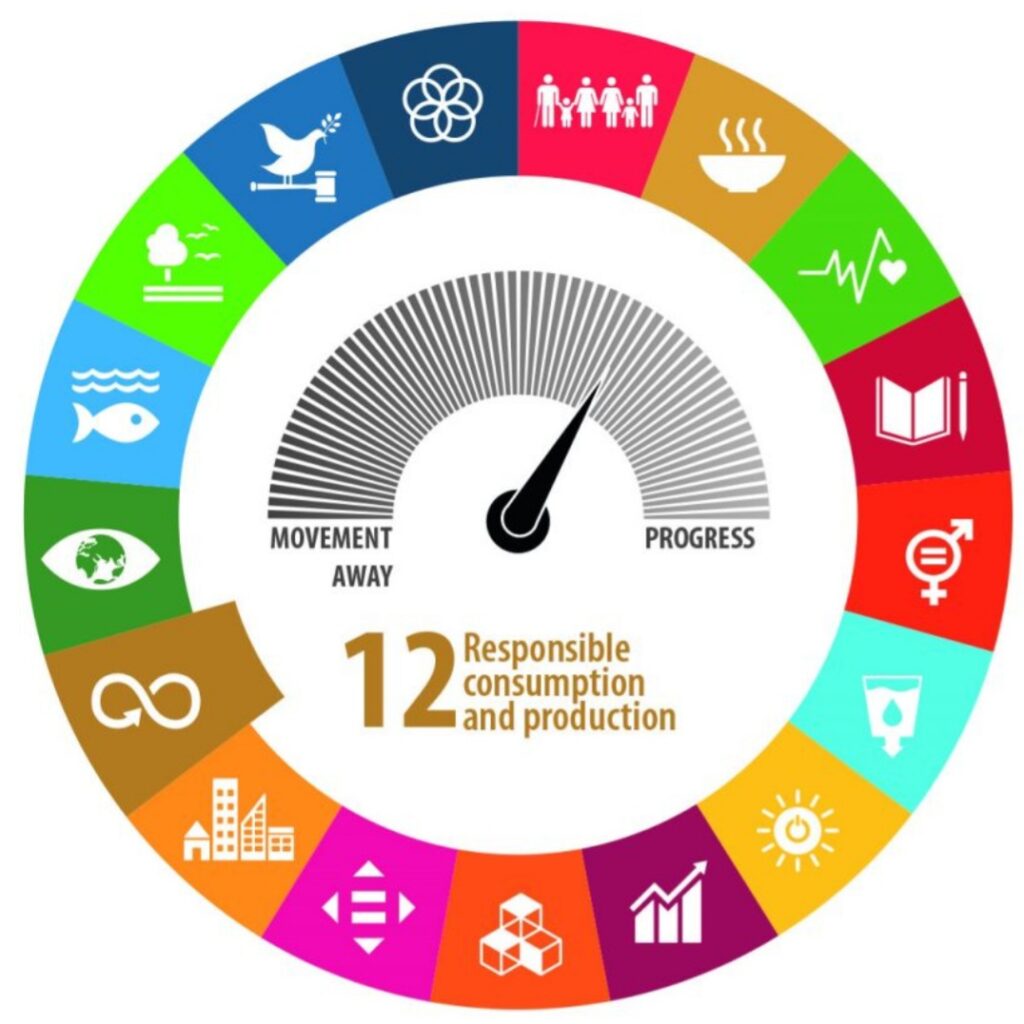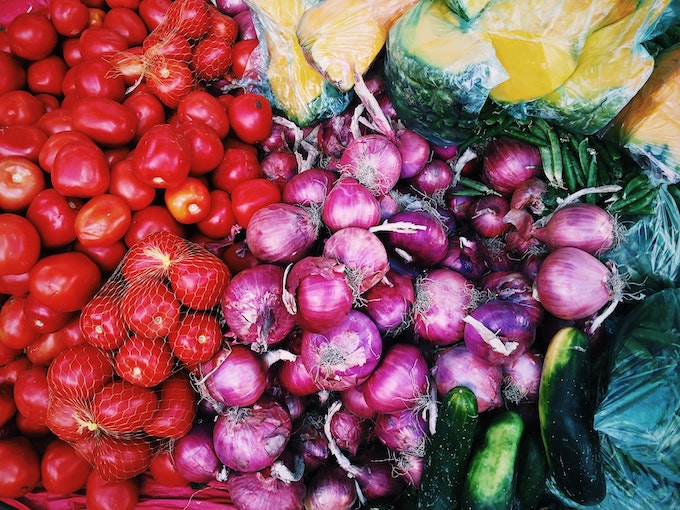
It is that time of the year when we make oodles of purchases for friends, families, co-workers and of course, ourselves. The airwaves and the newspapers are full of festive cheer, enticing us to buy jewelry, clothes, cars, gadgets and whatnot. As we indulge in the festivities and open up our wallets (digital and real ones), I thought it’s the right ‘mahurat’ to talk about consumerism. And the, not the consumerism that experts belabour about for its environmental impact, but the one that might be good for the planet. Yes! Responsible Consumerism!
First, let’s examine the term Responsible Consumerism itself. Sounds good, isn’t it? But is this possible, and what impact it will have? Is it affordable for all?
To begin with, consumerism primarily refers to the trait of people to buy products and goods, which gives happiness through its material procession. More often than not, consumerism is a depritiative term.
On the other hand, responsible consumerism is when customers make an informed and intentional purchase of a product or service that will not have any (or minimal) negative impact and potentially positive impact on both environmental and social dimensions in the value chain. It is not just loving the product, but extending that love to the nature that provided it and the hands that made it.

But for the customer to make that informed choice, the information needs to be available and upfront. Today, there are many labels that showcase how much recycled material is used in the product, how energy efficient the product is, etc.
Recently, I came across online retail outlets that go into the in-depth specifics, like how much time an artisan took to create a piece of fabric like a Kurta or how much he or she would earn from it. It was very insightful. While I will come to the traceability of these claims later, but the question arises: Aren’t these products making such claims costly? Can an average consumer afford such products?

To be fair, it all depends on what you count as a cost. A couple of years back, one of my team members and I estimated the environmental cost of everyday vegetables like tomato and onion. The ecological cost included the costing of unaccounted environmental externalities, including the emissions from the electricity used, emissions and impact of chemicals used, etc. The cost of these environmental externalities was around INR 400 per kg of onion and approximately INR 350 per kg of tomato. So for every kg of onion we buy, we are creating an environmental impact to the tune of INR 400.
On the other hand, look at the cost of water saved (and polluted less) through the life cycle of a product that uses less water or the emission you helped reduce through the life cycle of energy-efficient equipment. Is this information communicated to the customer? I think there is a huge opportunity for manufacturers and retailers to create responsible customers. But the claims need to be supported with robust and credible data.
And it is not only adults who behave responsibly if you have two sets of pencils on the rack and one is made of recycled wood and clearly puts out the information and its impact and also informs the customer that 40% of the cost goes to the cottage enterprise which manufacturers it and other pencil set is silent. It is a no-brainer, which set your kid will opt for.
Now, what about the cost? Let us first assume that the price for both pencil sets is the same; then, it is a clear choice. At what premium will the decision be difficult? That is dependent on the purchasing power of the individual customer.
But not all responsible products need not be costly. I have read survey results which indicate that 45-55% of customers are willing to pay extra for Responsible Products. A little premium that goes on to save the world and is also trustworthy will not pinch the customer. The sale of certified products is on the rise across the globe, which is also an indication of the consumers shift when the information is available.

So as consumers, if we also Vote with our Wallet, the progress can be faster. On the other hand, retailers, brands and manufacturers, also need to lug the responsibility of educating the consumer towards Responsible Consumerism. If we pay attention to how we spend, things would surely be different.
So, this year, as the festivities start, I exhort you to give responsible consumerism a thought. Don’t buy products or things that you don’t need, and if you have to do; do so responsibly.
Very thoughtful, insightful and interesting blog Santhosh. Totally in for Responsible Consumerism concept. Absolutely brilliant piece.
Thank you.
Dear Sir,
It is an amazing article you have published. It is very very critical that we as consumers become more responsible. More so in India and China with sizable population. Pressures on world economy for resources will multiply as both these nations progress and become affluent.
Responsible Consumerism. Yes thats the right word and theme, we all must understand and care for the environment before it is too late.
Best Regards
Amit Kapoor
9811644619
Let us spread the word around.
Very well written Santhosh ! I think as professionals working in the Environment and Sustainability domain, Responsible Consumerism should start with us and I must say that I have started being Responsible !
Every contribution matters